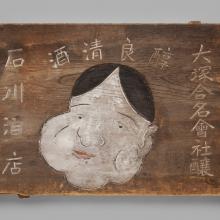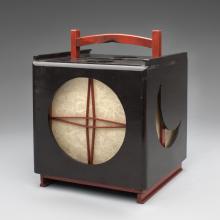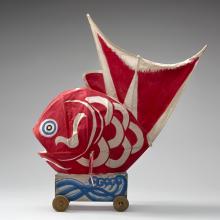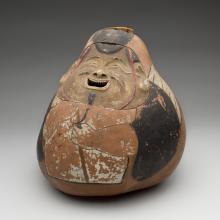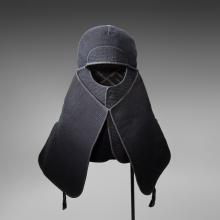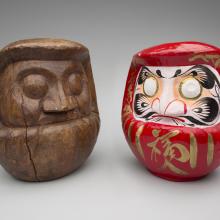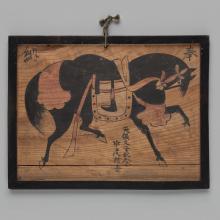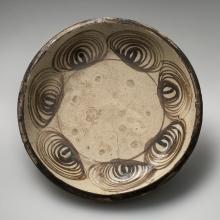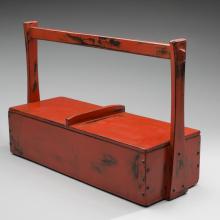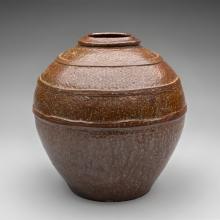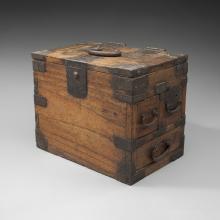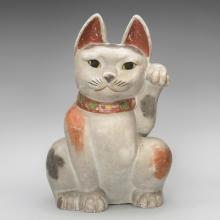Mingei: Traditional Japanese Arts
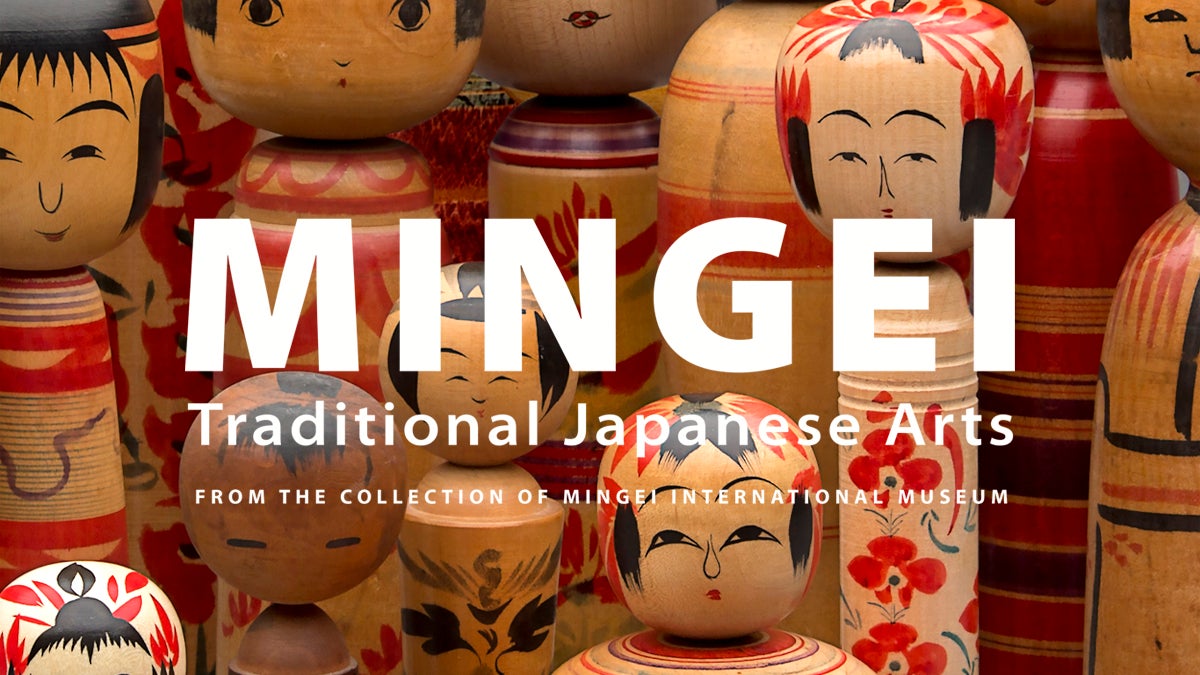
International Terminal
Mingei: Traditional Japanese Arts
A number of folk toys serve as amulets and are tied to Japanese customs, legends, and history. Various items express desires for health, wealth, success, and happiness. Daruma, a rotund doll based on Bodhidharma, has blank, white eyes. When a wish is made by its owner, one eye is painted; when the wish is fulfilled, the second eye is painted. Maneki neko, cats beckoning with a raised paw, are made from papier-mâché, clay, and occasionally stone. These figures are displayed in businesses and homes to invite good fortune. Carved wooden molds used to make sweet confections for holidays and celebratory occasions display a variety of themes—sea breams offer congratulatory wishes; chrysanthemums symbolize autumn.
During the Meiji period (1868–1912), when Japan opened to the West, the country rapidly transformed into a modern, industrialized nation. Folk crafts began to be replaced by less-costly imports and machine-made goods. In the 1920s, the Mingei movement—literally “arts of the people”—developed in response, led by the philosopher and critic Yanagi Sōetsu (1889–1961). Largely inspired by the Arts and Crafts Movement in Europe, Yanagi devoted himself to collecting and preserving Mingei. He and renowned potters Hamada Shōji (1894–1978) and Kawai Kanjirō (1890–1966) founded the Mingei Association of Japan in 1934 and advocated using historical folk crafts as the starting point for modern craft production. The group founded the Nihon Mingeikan (Japan Folk Crafts Museum) in 1936 in Tokyo to further ensure the appreciation and continuation of traditional crafts in Japan.
In 1950, the Japanese government began to designate certain individuals or groups who embodied intangible national cultural values as living human treasures. Tatsuzō Shimaoka (1919–2007), one of the most prominent Japanese Mingei potters of the twentieth century, whose work is included in this exhibition, was designated a National Living Treasure in 1996 for his unique contribution to Japanese pottery.
Artisans continue to make a great variety of folk crafts in Japan. Today, many are sold as souvenirs and collector’s items. Mingei: Traditional Japanese Arts highlights a variety of Japanese crafts—lanterns, fans, iron kettles, and whimsical toys are among the many items on display.
This exhibition was made possible through a generous loan from Mingei International Museum in San Diego, California.
©2015 by the San Francisco Airport Commission. All rights reserved.
